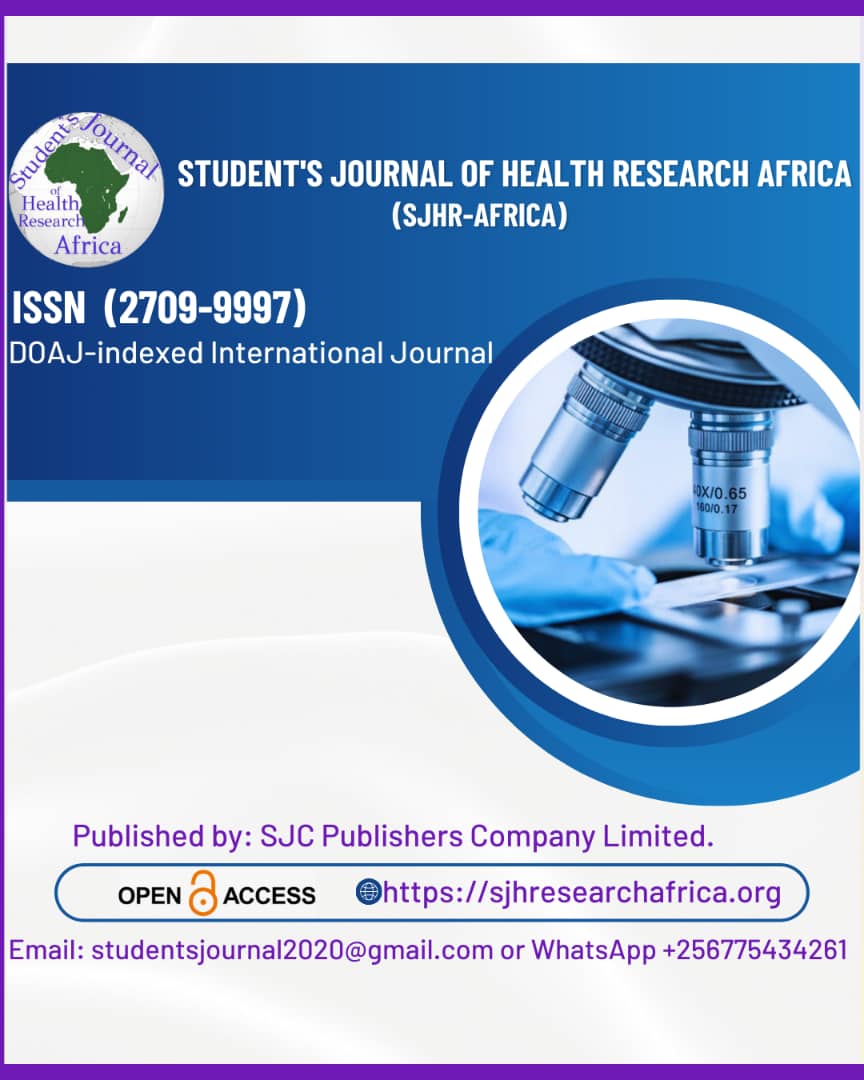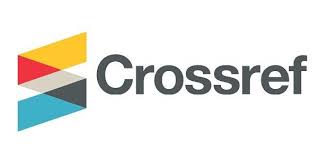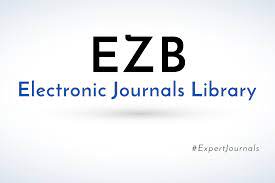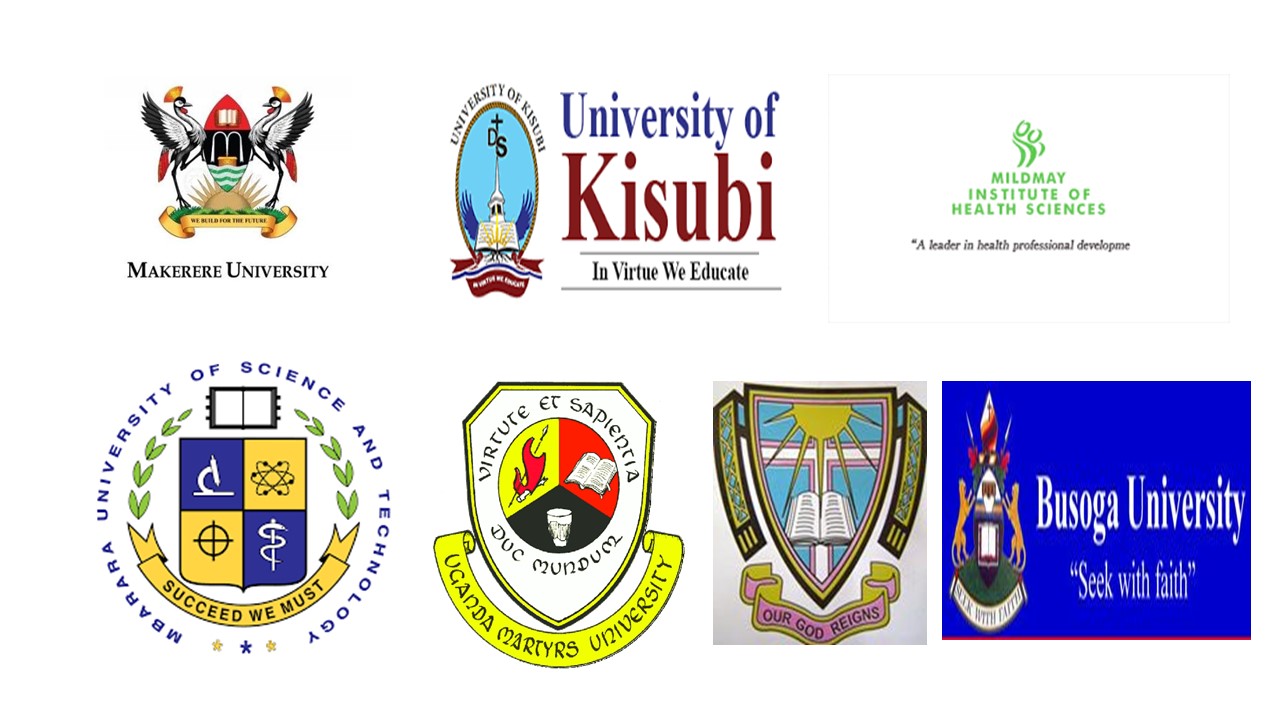A prospective observational study on management approaches for non-healing ulcers in dermatology: From conventional to advanced modalities.
DOI:
https://doi.org/10.51168/sjhrafrica.v6i9.2149Keywords:
Non-healing ulcers, Negative Pressure Wound Therapy, Platelet-rich fibrin, Skin substitutes, Growth factors, Wound healingAbstract
Background:
Non-healing ulcers are a major dermatological challenge, leading to prolonged morbidity, infection, and impaired quality of life. Conventional care often fails to achieve complete healing, prompting the need for advanced modalities such as Negative Pressure Wound Therapy (NPWT), Platelet-Rich Fibrin (PRF), growth factors, and skin substitutes.
Methods:
A prospective observational study was conducted at a tertiary care hospital from February 2024 to February 2025, enrolling 105 patients with ulcers persisting beyond six weeks. Participants were randomized into three groups (n=35 each): (i) Conventional care (saline dressings, antibiotics, compression/off-loading), (ii) Advanced A (NPWT with topical growth factor), and (iii) Advanced B (PRF with bioengineered skin substitute). Baseline evaluation included demographics, comorbidities, ulcer type, size, and duration. Patients were followed weekly for 12 weeks. The primary outcome was the percentage reduction in ulcer area; secondary outcomes included time to granulation, complete healing rate, and infection control. Data were analyzed using SPSS v26.0 with ANOVA and Chi-square tests, considering p<0.05 as significant.
Results:
Baseline characteristics were comparable across groups (p>0.05). At 12 weeks, mean ulcer area reduction was 40% in the Conventional group, 80% in Advanced A, and 78% in Advanced B (p<0.001). Mean time to granulation was significantly shorter with advanced modalities (12.5 ± 4.8 days in Advanced A; 13.1 ± 5.2 days in Advanced B) versus Conventional care (24.2 ± 6.1 days). Complete healing occurred in 75%, 90%, and 87.5% of patients, respectively.
Conclusion:
Advanced wound therapies, particularly NPWT with growth factors and PRF with skin substitutes, markedly accelerate granulation, enhance ulcer area reduction, and improve healing outcomes compared to conventional care.
Recommendations:
Incorporation of advanced modalities into standard dermatological wound management is advised, with future multicentric trials warranted to evaluate cost-effectiveness and establish standardized treatment protocols.
References
Jose J, Soni B, Jose S, Kokkatt JK. Medical management to treat chronic non-healing ulcers: a case series. Cureus. 2024;16(1):e51449-54. https://doi.org/10.7759/cureus.51449
Schultz GS, Chin GA, Moldawer L, et al. Principles of wound healing. In: Fitridge R, Thompson M, editors. Mechanisms of vascular disease: a reference book for vascular specialists [Internet]. Adelaide (AU): University of Adelaide Press; 2011. https://doi.org/10.1017/UPO9781922064004.024
Demidova-Rice TN, Hamblin MR, Herman IM. Acute and impaired wound healing: pathophysiology and current methods for drug delivery, part 1: normal and chronic wounds: biology, causes, and approaches to care. Adv Skin Wound Care. 2012 Jul;25(7):304-14. https://doi.org/10.1097/01.ASW.0000416006.55218.d0
Cavallo I, Sivori F, Mastrofrancesco A, Abril E, Pontone M, Di Domenico EG, et al. Bacterial biofilm in chronic wounds and possible therapeutic approaches. Biology (Basel). 2024;13(2):109-15. https://doi.org/10.3390/biology13020109
Packer CF, Ali SA, Manna B. Diabetic foot ulcer [Internet]. Treasure Island (FL): StatPearls Publishing; 2025 Jan-.
Frykberg RG, Banks J. Challenges in the treatment of chronic wounds. Adv Wound Care (New Rochelle). 2015 Sep 1;4(9):560-82. https://doi.org/10.1089/wound.2015.0635
Zaver V, Kankanalu P. Negative pressure wound therapy [Internet]. Treasure Island (FL): StatPearls Publishing; 2025 Jan-.
Yümün G, Kahaman C, Kahaman N, Yalçınkaya U, Akçılar A, Akgül E, et al. Effects of hyperbaric oxygen therapy combined with platelet-rich plasma on diabetic wounds: an experimental rat model. Arch Med Sci. 2016;12(6):1370-6. https://doi.org/10.5114/aoms.2016.62905
Kolimi P, Narala S, Nyavanandi D, Youssef AAA, Dudhipala N. Innovative treatment strategies to accelerate wound healing: trajectory and recent advancements. Cells. 2022 ;11(15):2439-46. https://doi.org/10.3390/cells11152439
Guo Q. Comparison and evaluation of negative pressure wound therapy versus standard wound care in the treatment of diabetic foot ulcers. BMC Surg. 2025;25(1):208-15. https://doi.org/10.1186/s12893-025-02885-x
Huang C, Leavitt T, Bayer LR, Orgill DP. Effect of negative pressure wound therapy on wound healing. Curr Probl Surg. 2014 ;51(7):301-31. https://doi.org/10.1067/j.cpsurg.2014.04.001
Greer N, Foman NA, MacDonald R, Dorrian J, Fitzgerald P, Rutks I, et al. Advanced wound care therapies for nonhealing diabetic, venous, and arterial ulcers: a systematic review. Ann Intern Med. 2013;159(8):532-42.
https://doi.org/10.7326/0003-4819-159-8-201310150-00006
Zhang N, Liu Y, Yan W, Liu F. The effect of negative pressure wound therapy on the outcome of diabetic foot ulcers: a meta-analysis. Int Wound J. 2024;21(4):e14886-93.https://doi.org/10.1111/iwj.14886
Wu Y, Shen G, Hao C. Negative pressure wound therapy is superior to conventional moist dressings in wound bed preparation for diabetic foot ulcers: a randomized controlled trial. Saudi Med J. 2023 Oct;44(10):1020-9. https://doi.org/10.15537/smj.2023.44.20230386
Deng J, Yang M, Zhang X, Zhang H. Efficacy and safety of autologous platelet-rich plasma for diabetic foot ulcer healing: a systematic review and meta-analysis of randomized controlled trials. J Orthop Surg Res. 2023;18(1):370-8. https://doi.org/10.1186/s13018-023-03854-x
Gu H, Zhao X, Sun Y, Ding Y, Ouyang R. Negative-pressure wound therapy compared with advanced moist wound therapy: a comparative study on healing efficacy in diabetic foot ulcers. Surgery. 2025;180:109098-104.https://doi.org/10.1016/j.surg.2024.109098
Hu S, Zhao Z, Wan Z, et al. The effect of platelet-rich fibrin on the biological properties of urothelial cells. Sci Rep. 2024;14:24527-34. https://doi.org/10.1038/s41598-024-75699-1
Lu G, Zeng S, Huang R, et al. Platelet-rich fibrin membrane transplantation for the treatment of highly myopic macular hole retinal detachment. Ophthalmol Ther. 2024;13:2425-43. https://doi.org/10.1007/s40123-024-00997-w
Mullin JA, Rahmani E, Kiick KL, Sullivan MO. Growth factors and growth factor gene therapies for treating chronic wounds. Bioeng Transl Med. 2023 Dec 28;9(3):e10642-9. https://doi.org/10.1002/btm2.10642
Berlanga-Acosta J, Gavilondo J, López-Saura P, González-López T, Castro-Santana M, López-Mola E, et al. Epidermal growth factor in clinical practice: a review of its biological actions, clinical indications and safety implications. Int Wound J. 2009;6(5):331-46. https://doi.org/10.1111/j.1742-481X.2009.00622.x
Sabolinski ML, Capotorto JV. Comparative effectiveness of a human fibroblast-derived dermal substitute and a viable cryopreserved placental membrane for the treatment of diabetic foot ulcers. J Comp Eff Res. 2019 Oct;8(14):1229-38. https://doi.org/10.2217/cer-2019-0001
Downloads
Published
How to Cite
Issue
Section
License
Copyright (c) 2025 Dr. Poonam Tapsale , Dr. Vishal Kadam, Dr. Onkar Lande, Dr. Madan S. Hardikar, Dr. Nitin Chaudhari

This work is licensed under a Creative Commons Attribution-NonCommercial-NoDerivatives 4.0 International License.





















